In the world of home cooking, few things are as satisfying as transforming an inexpensive cut of meat into a gourmet-quality dish. This is precisely what happens when you take a humble beef shank (known as niú jiàn in Chinese) and turn it into rich, flavorful braised beef that could rival any restaurant's version. The economics are compelling - what might cost you 30 yuan in raw ingredients can become a 100 yuan delicacy with some time, patience, and the right techniques.
The beef shank, often overlooked in favor of more premium cuts, is actually one of the most flavorful parts of the animal when prepared correctly. Its dense network of connective tissue and collagen breaks down during slow cooking into that melt-in-your-mouth texture prized in traditional Chinese braised dishes. Butchers typically sell this cut for around 30 yuan per jin (500g), making it one of the most economical choices for home cooks looking to maximize flavor on a budget.
What makes this transformation possible is the alchemy of slow braising. The process begins with selecting the right piece of meat - look for shanks with good marbling and that characteristic sheath of connective tissue running through the center. This silverskin is what will give your finished dish that luxurious mouthfeel. A proper 3-4 hour braise at low temperature converts these tough tissues into gelatin, creating that signature stick-to-your-lips quality of excellent red-cooked beef.
The seasoning profile for traditional Chinese braised beef shank is both simple and complex. Star anise, cinnamon, Sichuan peppercorns, and dried tangerine peel form the aromatic backbone. Light and dark soy sauces provide depth and color, while rock sugar balances the saltiness. The magic happens when these ingredients simmer together with the beef, each contributing their essence to create something greater than the sum of its parts. Many home cooks develop their own signature tweaks - perhaps a splash of Shaoxing wine or a few slices of ginger for brightness.
Timing is everything when braising beef shank. Unlike quick-cooking stir-fries, this is a dish that demands patience. The meat should be brought to a bare simmer and maintained there for hours - rushing the process with higher heat will only make the meat tough. During this time, the flavors penetrate deep into the muscle fibers while the connective tissues relax their grip. The result is meat that's tender enough to cut with chopsticks yet still holds its shape when sliced.
Presentation elevates this humble dish to restaurant quality. Thin slices arranged in overlapping circles on a plate, perhaps with some braising liquid reduced to a glossy sauce drizzled over top. Garnishes might include finely sliced scallions or cilantro for freshness. Served slightly warm or at room temperature, the sliced beef shank makes an impressive cold appetizer that belies its modest origins. This is where the 30 yuan cut truly becomes a 100 yuan dish - in both flavor and appearance.
The versatility of braised beef shank extends beyond its initial preparation. Leftovers (if there are any) can be repurposed in countless ways - chopped into noodles soups, stuffed into baozi, or even used as a topping for congee. The rich braising liquid becomes a flavor bomb for other dishes, whether used to cook eggs or as a base for vegetable stews. This ability to create multiple meals from one preparation further enhances the economic value of starting with an inexpensive cut.
For home cooks looking to expand their repertoire, mastering braised beef shank offers lessons that translate to other dishes. The principles of slow cooking tough cuts, building layered flavors, and transforming inexpensive ingredients into something special are fundamental to many cuisines. What begins as an exercise in economy becomes a journey into the heart of traditional Chinese cooking techniques - where time and attention matter more than the price tag of the raw ingredients.
In an era of rising food costs, rediscovering the potential of humble cuts like beef shank represents both good economics and good eating. That 30 yuan investment yields not just a 100 yuan dish in monetary terms, but something far more valuable - the satisfaction of creating restaurant-quality food at home, the connection to traditional cooking methods, and the joy of sharing something made with care and patience. In the end, the real value of this transformation can't be measured in yuan alone.
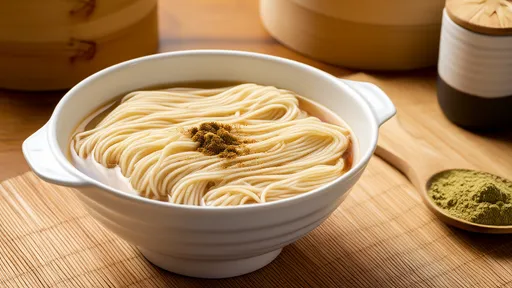
By /Jul 24, 2025
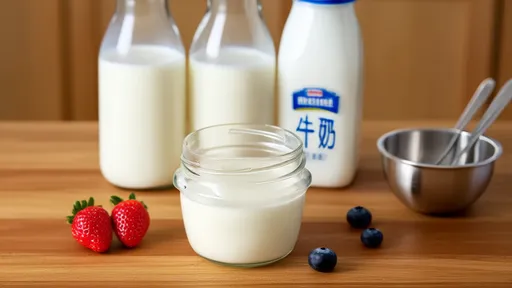
By /Jul 24, 2025
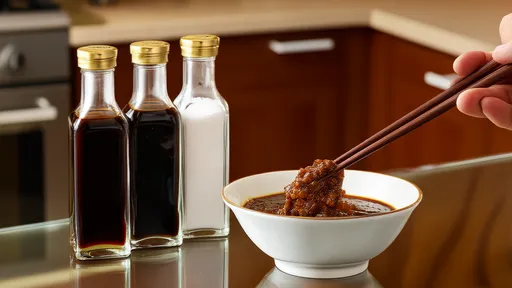
By /Jul 24, 2025
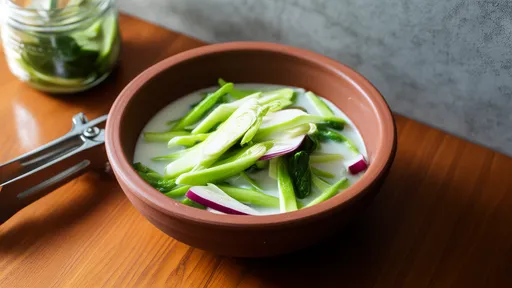
By /Jul 24, 2025
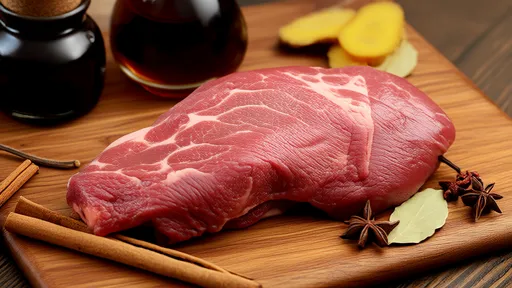
By /Jul 24, 2025
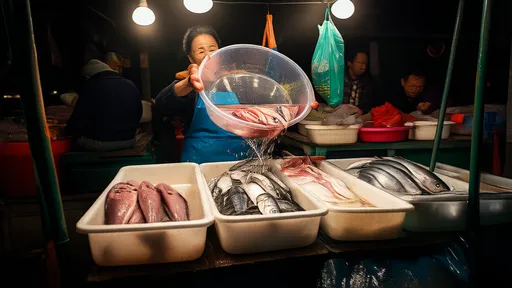
By /Jul 24, 2025

By /Jul 24, 2025
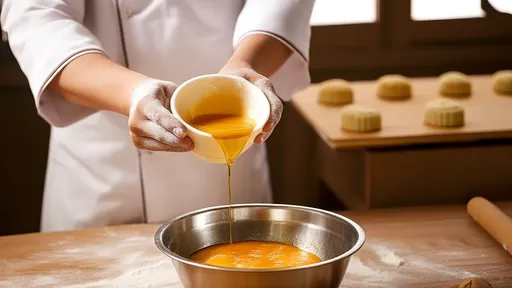
By /Jul 24, 2025
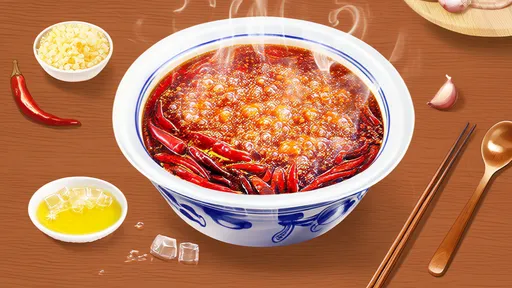
By /Jul 24, 2025
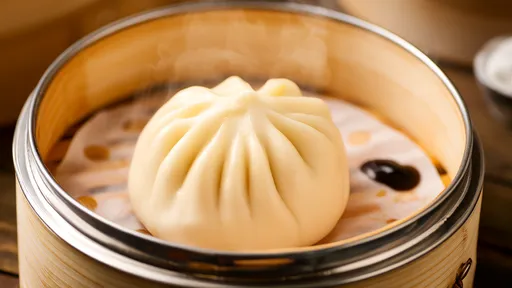
By /Jul 24, 2025

By /Jul 24, 2025
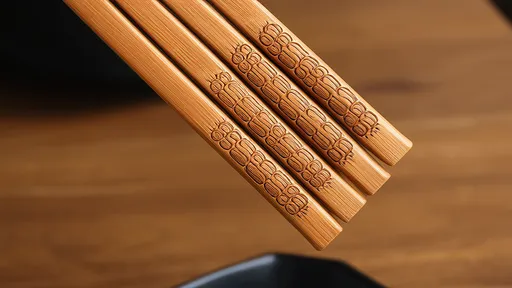
By /Jul 24, 2025
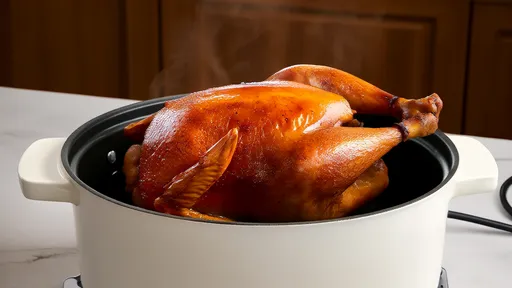
By /Jul 24, 2025
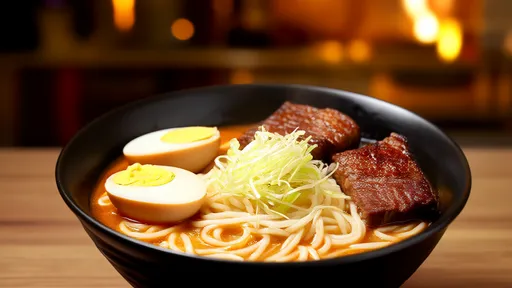
By /Jul 24, 2025
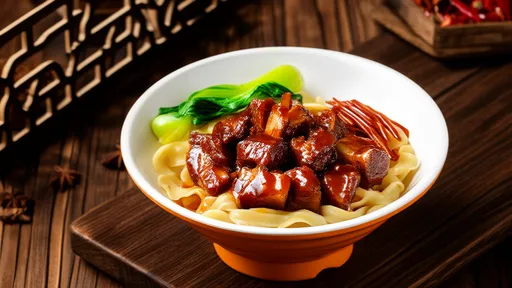
By /Jul 24, 2025
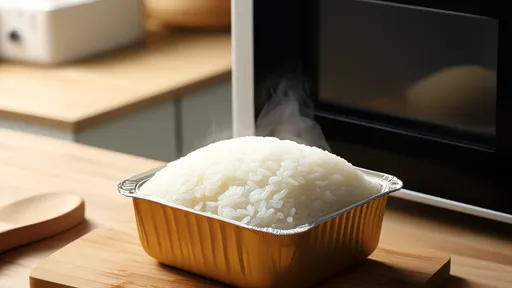
By /Jul 24, 2025
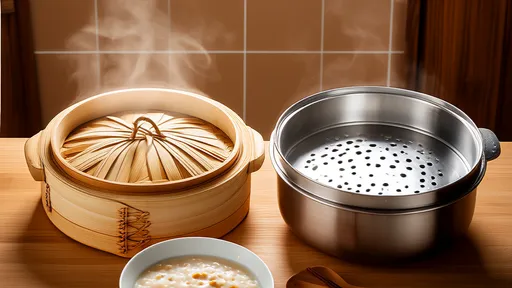
By /Jul 24, 2025
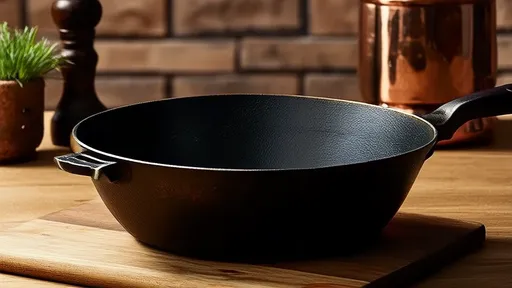
By /Jul 24, 2025